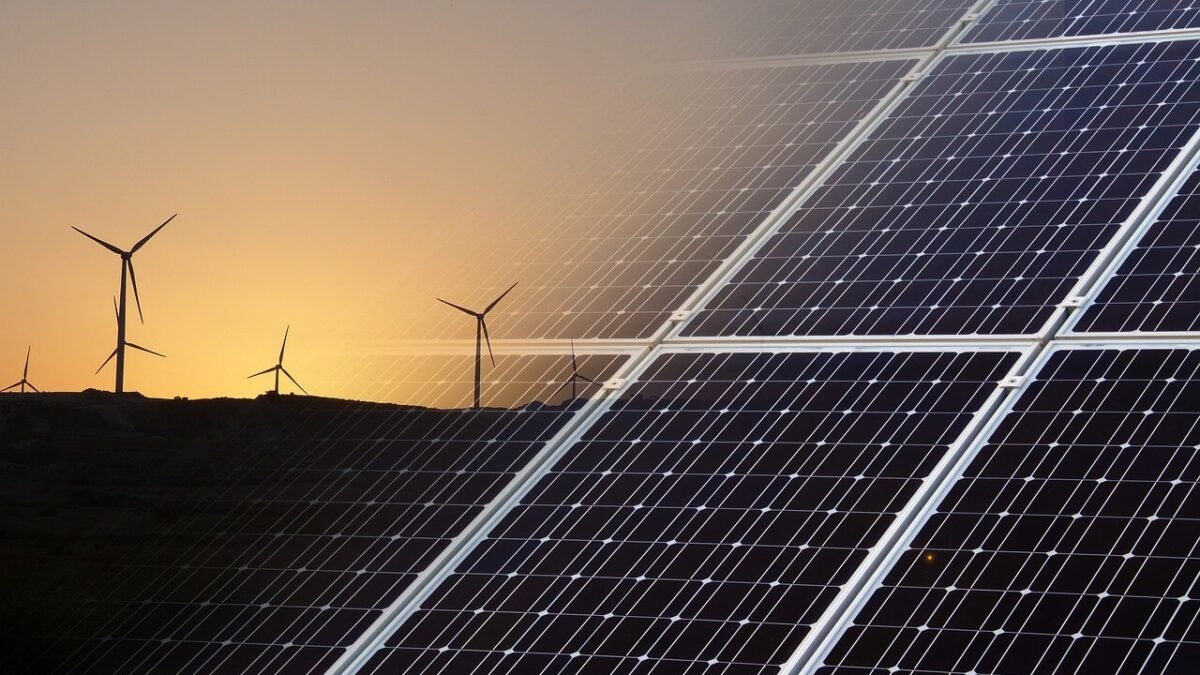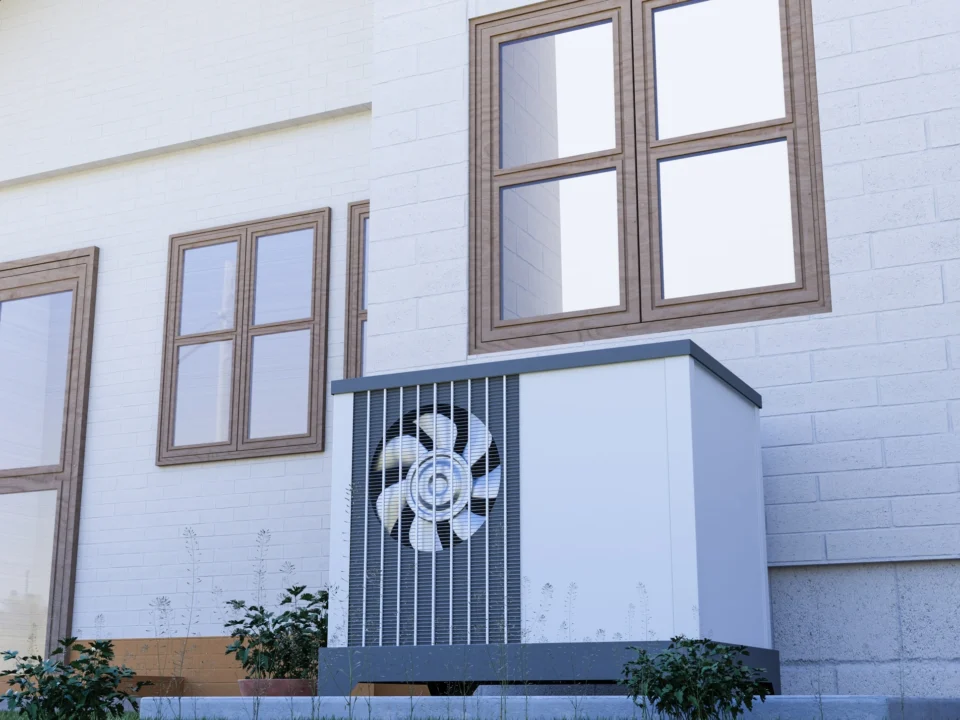Introduction: Solar and wind energy have made remarkable strides in recent years, becoming increasingly competitive with conventional energy sources. Grid parity, the point at which renewable energy costs are on par with or lower than traditional sources, is a significant milestone in the clean energy transition. In this blog, we will explore the factors driving the path to grid parity for solar and wind energy and its implications for the future of sustainable power generation.
- Technological Advancements: Technological advancements have played a pivotal role in reducing the costs of solar and wind energy. Both sectors have witnessed significant improvements in efficiency, durability, and manufacturing processes. Solar photovoltaic (PV) panels have become more efficient, with increased power output and lower production costs. Wind turbine technology has evolved, featuring larger rotor diameters and taller towers, allowing for greater energy capture and improved performance in a wider range of wind conditions. Continued research and development efforts aim to further enhance the efficiency and cost-effectiveness of these renewable energy technologies, accelerating their path to grid parity.
- Economies of Scale and Supply Chain Optimization: The scaling up of solar and wind energy installations has led to economies of scale, driving down the costs of production and installation. As the deployment of these technologies increases, manufacturers can benefit from streamlined production processes, bulk purchasing of components, and reduced installation costs. Furthermore, advancements in the supply chain, such as improved logistics, standardized components, and increased competition among suppliers, contribute to cost reductions. These factors enable solar and wind energy projects to achieve greater cost competitiveness, inching closer to grid parity.
- Declining Capital Costs and Financing Innovations: The capital costs associated with solar and wind energy projects have significantly declined in recent years. Falling prices of solar panels and wind turbines, coupled with lower installation and balance-of-system costs, have contributed to reduced upfront investments. Moreover, innovative financing models, such as power purchase agreements (PPAs), green bonds, and public-private partnerships, have facilitated access to capital and reduced financing costs. The declining cost of capital and the increasing availability of financial options have made renewable energy projects more attractive to investors and developers. These developments have helped bridge the gap to grid parity by improving the financial viability of solar and wind energy projects.
- Policy Support and Market Mechanisms: Supportive policies and market mechanisms have played a critical role in driving the adoption of solar and wind energy. Feed-in tariffs, tax incentives, renewable portfolio standards, and auctions have created favorable market conditions for renewable energy deployment. These mechanisms provide long-term visibility, reduce project risks, and stimulate market competition. Additionally, policies focused on carbon pricing and emissions reductions have contributed to the growing competitiveness of renewable energy sources. Continual policy support, along with regulatory stability and clear market signals, is crucial to sustaining the progress toward grid parity and ensuring a level playing field for solar and wind energy in the energy market.
Conclusion: Solar and wind energy are well on their way to achieving grid parity, driven by technological advancements, economies of scale, declining capital costs, and supportive policies. As these renewable sources become increasingly cost-competitive, the path to grid parity paves the way for a future powered by sustainable and affordable energy, accelerating the global transition to a cleaner and more sustainable energy system.




